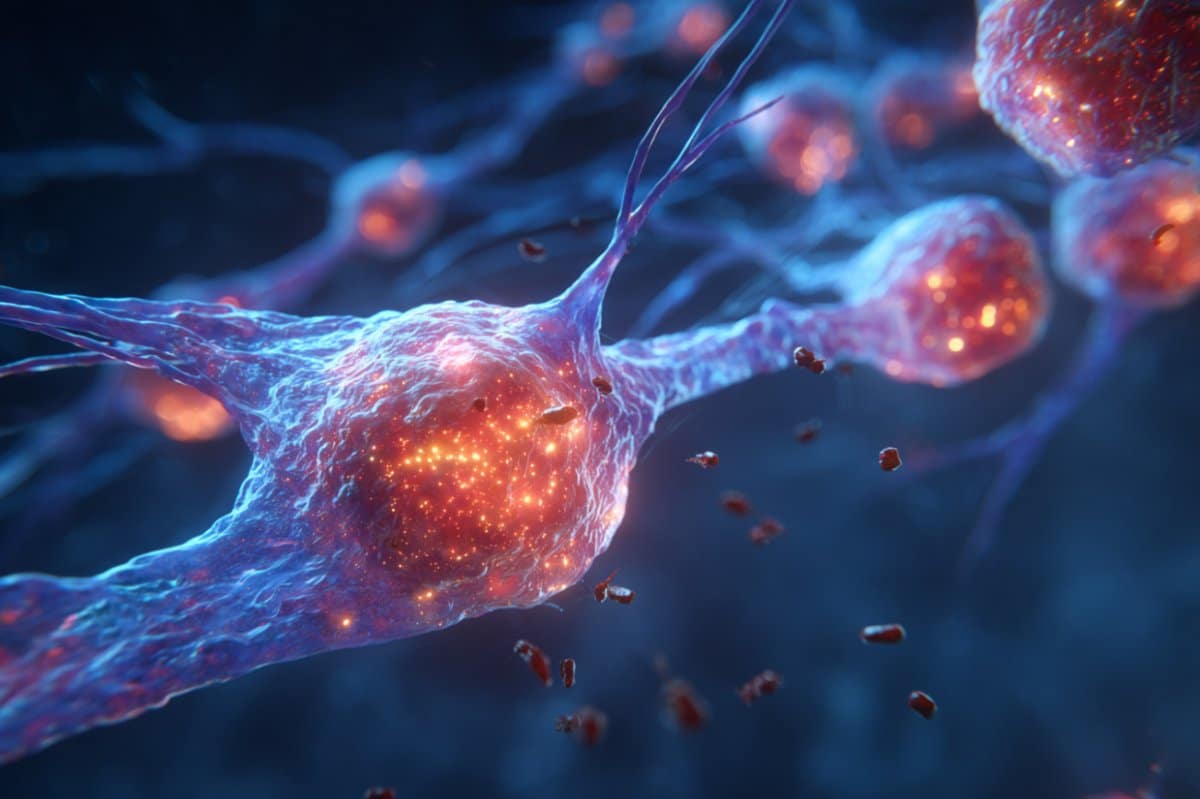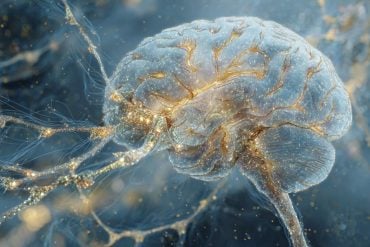Summary: Unlike most tissues, the retina doesn’t summon neutrophils—the body’s typical first responders—when injured. Instead, microglia, the brain’s resident immune cells, handle photoreceptor damage without calling for backup.
Using adaptive optics imaging, researchers observed this unique immune behavior in live mouse retinas. The findings suggest a protective “cloaking” mechanism that prevents excessive inflammation and may inform future treatments for vision loss.
Key Facts:
- Retina-Specific Response: Neutrophils do not assist in photoreceptor repair despite being nearby.
- Microglia Activation: Only brain-resident immune cells respond to retinal injury.
- Inflammation Shield: The retina may suppress immune cell recruitment to prevent further damage.
Source: University of Rochester
During most eye infections or injuries, neutrophils, immune cells found in the blood, are usually the first line of defense.
However, researchers at the Flaum Eye Institute and Del Monte Institute for Neuroscience at the University of Rochester have discovered that the retina responds differently than many other tissues in the body.
When photoreceptor cells in the retina are damaged, microglia, or the brain’s immune cells, respond, and the neutrophils are not recruited to help despite passing through nearby blood vessels.

“This finding has high implications for what happens for millions of Americans who suffer vision loss through loss of photoreceptors,” said Jesse Schallek, PhD, associate professor of Ophthalmology and senior author of a study out today in eLife.
“This association between two key immune cell populations is essential knowledge as we build new therapies that must understand the nuance of immune cell interactions.”
Using adaptive optics imaging, a camera technology developed by the University of Rochester that allows the imaging of single neurons and immune cells inside the living eye, researchers studied the retinas of mice with photoreceptor damage.
They found that while both neutrophil and microglia cells are present in the retina, only microglia cells respond to photoreceptor injury, and they do not call upon neutrophils to help repair the photoreceptor damage.
Researchers believe this suggests a type of cloaking occurs during retinal injury to protect the retina from a rush of immune cells that could do more harm than good.
“What is remarkable here is that the passing neutrophils are so close to the reactive microglia, and yet they do not signal to them to assist in damage recovery,” said Schallek.
“This is notably different than what is seen in other areas of the body where neutrophils are the first to respond to local damage and mount an early and robust response.”
Photoreceptor cells are unique to the retina. They process light into electrical and chemical signals, communicate that information to our brain, which allows us to see.
There are many diseases that damage and kill photoreceptor cells, including age-related macular degeneration, retinitis pigmentosa, and cone-rod dystrophy, and currently, there is no cure.
This research now shows it is possible to visualize the dynamics of single cells as they communicate with each other, as the retina responds to damage.
First author Derek Power, a laboratory technician in the Schallek lab, led the study. Other authors include Justin Elstrott, PhD, of Genentech Inc.
Funding: The research was supported by the National Eye Institute, Research to Prevent Blindness, Dana Foundation, and a Collaborative Research Grant from Genentech, Inc.
About this visual neuroscience research news
Author: Kelsie Smith Hayduk
Source: University of Rochester
Contact: Kelsie Smith Hayduk – University of Rochester
Image: The image is credited to Neuroscience News
Original Research: Open access.
“Photoreceptor loss does not recruit neutrophils despite strong microglial activation” by Derek Power et al. eLife
Abstract
Photoreceptor loss does not recruit neutrophils despite strong microglial activation
In response to central nervous system (CNS) injury, tissue-resident immune cells such as microglia and circulating systemic neutrophils are often first responders.
The degree to which these cells interact in response to CNS damage is poorly understood, and even less so, in the neural retina, which poses a challenge for high-resolution imaging in vivo.
In this study, we deploy fluorescence adaptive optics scanning light ophthalmoscopy (AOSLO) to study microglia and neutrophils in mice.
We simultaneously track immune cell dynamics using label-free phase-contrast AOSLO at micron-level resolution. Retinal lesions were induced with 488 nm light focused onto photoreceptor (PR) outer segments.
These lesions focally ablated PRs, with minimal collateral damage to cells above and below the plane of focus.
We used in vivo AOSLO, and optical coherence tomography (OCT) imaging to reveal the natural history of the microglial and neutrophil response from minutes to months after injury.
While microglia showed dynamic and progressive immune response with cells migrating into the injury locus within 1 day after injury, neutrophils were not recruited despite close proximity to vessels carrying neutrophils only microns away. Post-mortem confocal microscopy confirmed in vivo findings.
This work illustrates that microglial activation does not recruit neutrophils in response to acute, focal loss of PRs, a condition encountered in many retinal diseases.







